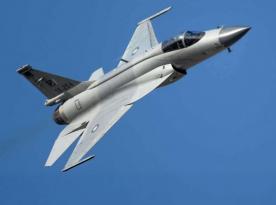On July 29, 2024, an interesting but not widely noted event occurred: the Stupinets, a "large missile boat" (aka corvette) from Project 12418 Molniya, was launched at the Vympel shipyard in Rybinsk, russia. Belonging to the Tarantul class as per NATO classification, this corvette is earmarked for the Caspian Flotilla of the russian Navy.
This missile boat is relatively large for its category, with a hull length of 57 meters, a draft of 2.4 meters, and a full displacement of 580 tons. Despite these dimensions, it can navigate both inland waterways and open sea. Its primary armament consists of eight Kh-35 anti-ship missiles.
Read more: Ukraine’s General Staff Hint at a Neptune Missile Strike on the russian Base Near Kursk

Besides Stupinets, the Vympel shipyard has only one other Project 12418 corvette under construction, and it appears that this series will be limited to just two ships. This is puzzling, given that the russian military could benefit from more of these "mosquito boats" to compensate for losses in the Black Sea Fleet during the ongoing war against Ukraine.
To understand why the series is so limited, let's turn to the brief overview by Naval News. The Tarantul project dates back to the 1990s when russia planned to build at least three large missile boats armed with Moskit supersonic anti-ship missiles.
Ultimately, only one ship was completed, designated R-32. Initially, this vessel entered service with the russian Navy in May 2000 but then was sold to the Egyptian Navy in 2016, "which was nontypical for the russian fleet," the journalists note.
Interestingly, the parts and sub-assemblies for the other two planned boats were left to rust in the open air because the russians laid these vessels down yet struggled to find buyers and funding.
This situation lasted until 2016, when the russian Ministry of Defense decided to complete these boats, albeit with modifications. Instead of the original four diesel engines, only two were to be used, and the supersonic Moskit missiles were replaced with subsonic Kh-35 missiles.

Even with the available pre-made units, building the first Tarantul took about eight years, and the second ship will take even longer to complete.
Consequently, despite having relatively good specifications, only two of these "mosquito boats" will be built, intended for the Caspian Flotilla. However, it's possible they could be reassigned to the Black Sea Fleet in the future.
Read more: russia Wants to Dust Off and Revive the Yak-141 VTOL Aircraft Project, Terminated in 1992














